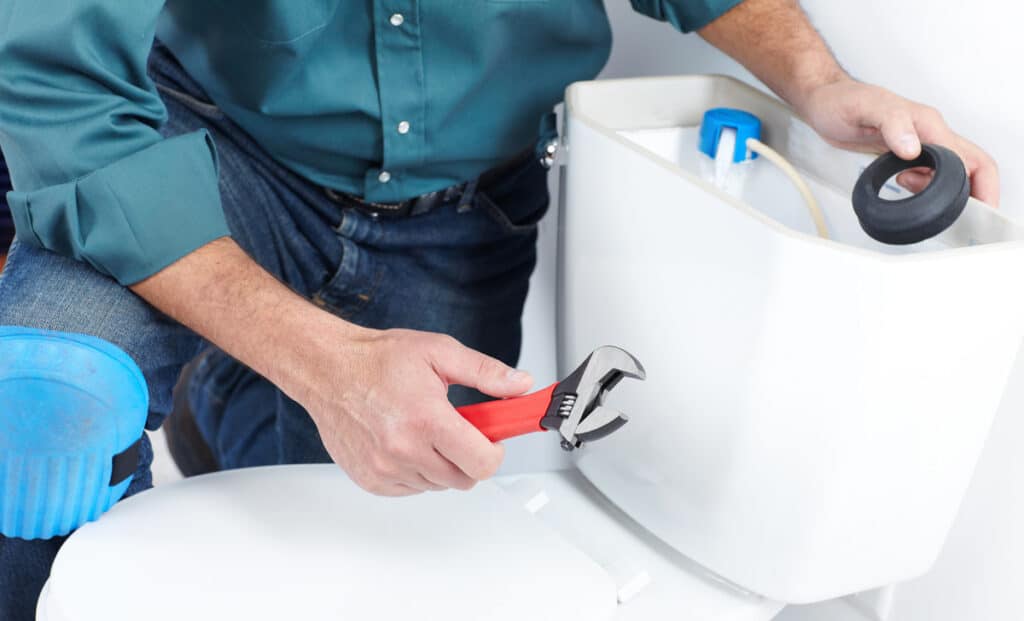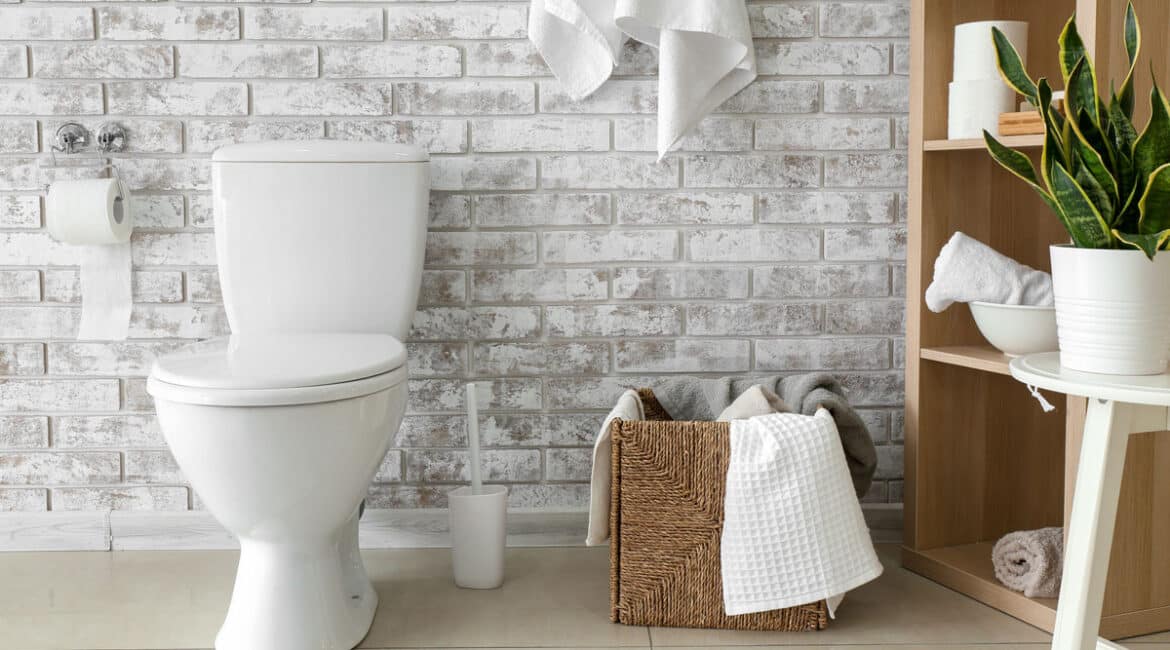As a homeowner, you may have encountered the problem of a sweating toilet at some point. This occurs when condensation forms on the outside of the toilet tank, causing water to puddle on the floor and potentially damage your bathroom or even cause mold growth.
In this blog, we will discuss the causes of a sweating toilet and provide tips on how to fix it. Whether you’re a DIY enthusiast or need to call a plumbing professional, we’ve got you covered!
Why Toilets “Sweat”
The primary cause of a sweating toilet is the difference in temperature between the toilet tank and the surrounding air. When the toilet tank is colder than the air in your bathroom, the moisture in the air naturally condenses on the exterior of the tank. This is more likely to happen during the summer, when high humidity and temperature fluctuations are common. A poorly insulated bathroom or a toilet with a cracked or loosened tank can also cause a sweating toilet.
Fixing a Sweating Toilet
There are different ways to fix a sweating toilet, depending on the cause. If the temperature variation is the primary cause, lower the humidity in your bathroom by running the fan, opening a window, or installing a dehumidifier. Other solutions may include fixing your flapper valve, insulating your toilet, and reducing the amount of water in your tank. Not sure what these parts are or how to proceed? It’s probably best to bring in a professional.

When to Call a Plumbing Professional
If you’ve never fixed a toilet before or feel uncomfortable taking a DIY approach, calling a plumber is a smart idea. A licensed plumber will conduct a thorough inspection of your toilet and bathroom to determine the root cause of the problem. They will also fix any ventilation problems, replace faulty parts if necessary, and advise you on the best practices to prevent the issue in the future.
Tips to Prevent a Sweating Toilet
To prevent a sweating toilet, you can take the following preventive measures:

Ensure that your bathroom is adequately ventilated.

Check for any leaks in your toilet and repair them promptly.

Insulate your bathroom walls if necessary.

Use a sweat valve or insulating kit to maintain consistent temperatures in your toilet tank.

Schedule annual inspections with a plumbing professional to identify and repair potential issues before they get worse.
A sweating toilet is a frustrating and potentially costly problem for homeowners. However, there are easy solutions you can use to fix the issue. By identifying the root cause and utilizing DIY methods, or calling in a professional, you can protect your bathroom and ensure the longevity of your toilet.
We hope that this guide has been helpful for homeowners experiencing this common, yet solvable problem! If you have any questions or want to schedule an appointment with our plumbing team, contact Bears Home Solutions today.



